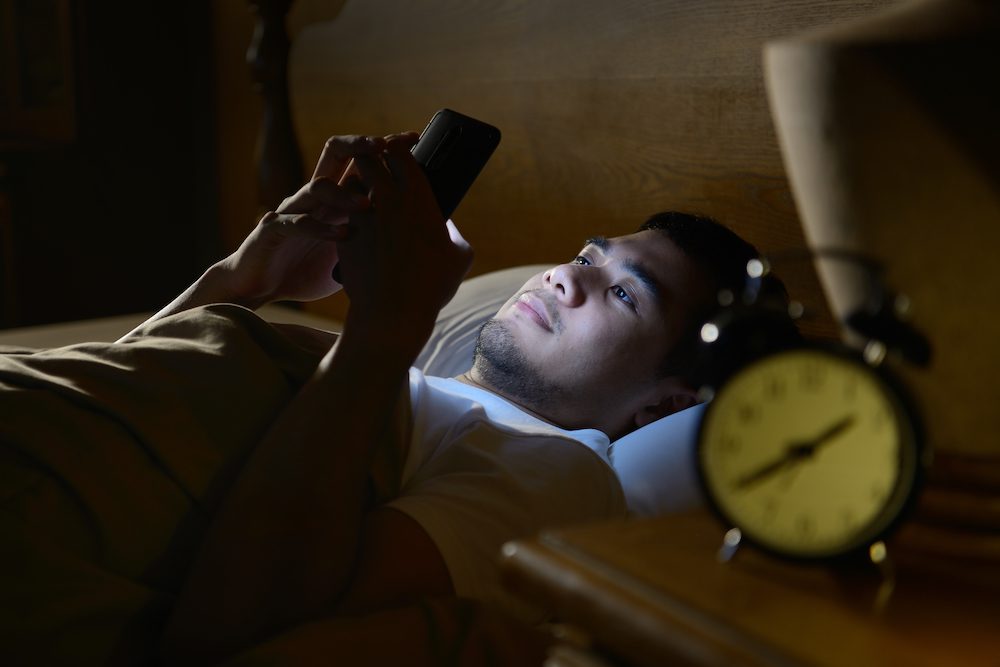People can have many reasons for sleeping on the floor. Some people want to try sleeping on a firmer surface to ease their pain, improve their health, or get better sleep. Other people may belong to a culture in which floor sleeping is a tradition. And others, such as refugees and those experiencing homelessness, may have no choice in the matter.
Floor sleeping can mean sleeping on a thin cushion, such as a tatami mat or yoga mat, which is placed on the floor. It can also involve sleeping with a typical mattress placed directly on the floor rather than on a bed frame or box spring. Additionally, floor sleeping can mean sleeping directly on the floor with no cushion, mat, or mattress.
Whatever the reason or the method, sleeping on the floor can be a dramatic and even risky change for many people. But it may also offer a surprising number of benefits for some.
What Are the Benefits of Sleeping on the Floor?
There are many potential advantages to sleeping on the floor, ranging from health and comfort reasons to keeping aspects of traditional culture alive.
Relieving Back Pain
People experiencing back pain might be interested in sleeping on the floor. While there has been little research on floor sleeping for back pain, many individuals have shared anecdotes of finding relief this way.
Experts recommend that people with back pain should consistently sleep on a firm surface, which might include a lightly cushioned floor. But some research indicates that a medium-firm mattress, rather than a firm or soft mattress, is most helpful for avoiding back pain and improving sleep quality and comfort.
There is also the chance that sleeping on the floor can cause back pain or make back pain worse for some people. If you have back pain, including back pain related to pregnancy, it may be best to talk to your doctor before beginning to sleep on the floor.
Lowering Injury Risk
People who are likely to fall off the bed and risk injuring themselves may wish to try sleeping on the floor. In particular, some people with epilepsy have seizures in their sleep, and they may want to sleep on the floor to avoid injuries.
Approximately 10% to 15% of epilepsy cases involve seizures during sleep, either as the only seizures someone has or as a portion of them. People who have sleep-related epilepsy often have multiple seizures each night and are usually treated with medication.
In cases where treatment does not prevent all seizures, doctors may recommend sleeping on a mattress on the floor to reduce the chance of injury from falling. This can also apply to naps, since people with sleep-related epilepsy can have seizures during a nap as well as during the night.
Keeping Cool
Being too warm at night can affect your sleep, because while you are asleep your body has a different capacity for keeping your internal temperature comfortable. One benefit of sleeping on the floor is that it can keep you cooler.
Many experts believe that, for most people, the ideal temperature for sleep is around 65 to 68 degrees Fahrenheit. This is slightly cooler than many people keep their homes during the night.
Depending on how a home is constructed and heated, the bedroom temperature can be as much as nine degrees cooler on the floor than at bed height. This means that sleeping on the floor could be one way to find the right temperature for the best sleep.
That said, being too cold at night can also affect your sleep, and some experts suggest a warmer sleep surface for more pleasant sleep. You may need to experiment to find the temperature and the sleep surface that suit you best.
Maintaining Cultural Traditions
A number of cultures worldwide have floor-sleeping traditions for both adults and children.
In Bangladesh, a mother and new baby may sleep together on the floor for the first 7 to 9 days of a child’s life. Some ethnic groups in Gambia also have their children sleep on the floor rather than in beds. In Japan and Korea, people used to sleep on the floor their whole lives, but this is less common in recent years as beds have grown popular.
While more Koreans now sleep in beds, some mothers and babies, and sometimes older children, still sleep on the floor. Floor sleeping in Korea is related to the traditional heating system consisting of hot stones in the floor. Many homes in Korea still use floor-based heating, but modern hot water pipe systems are increasingly common.
In Japan, there has also been a tradition of sleeping on a tatami mat or futon mattress on the floor. These are now less frequently used, with more contemporary Japanese people preferring to sleep in beds. However, about a third of Japanese adolescents sleep on a traditional futon instead of a bed.
Are There Any Risks to Sleeping on the Floor?
In addition to benefits, sleeping on the floor also carries risks. Some of these are related to particular groups of people, such as those with limited mobility or allergies. Other potential risks have to do with a person’s location and circumstances.
Worse Back Pain
While some people report that floor sleeping relieves their back pain, there is the risk that lying on the floor could make the pain worse instead. Lying on the floor could also cause pain and discomfort in other parts of the body, which can interfere with the quality of a person’s sleep.
Although opinions and experiences vary widely, a mattress of medium firmness is generally considered best for preventing back pain. But since there is so much difference among people’s experiences, those with back pain may want to try different surfaces to learn what helps them best.
Limited Mobility Difficulties
People who have issues with mobility, including many older people, may have more difficulty and a greater risk of injury when getting in and out of a floor-based sleep space. Getting up from the floor is more difficult than getting out of bed, and many older people and those with mobility problems already have trouble getting out of bed unassisted.
So, while floor sleeping can help some epileptics avoid injury from falling, it might increase that risk in older people. Falling is particularly dangerous for older people, as their decreased bone strength means it is much easier for their bones to break.
Allergen Exposure
The average bedroom floor is home to many substances that can trigger allergies, such as pet hair, dust mites, and mold. This is especially true of carpeted floors. Since many allergy symptoms already tend to get worse at night, exposing yourself to more allergens by sleeping on the floor could lead to poorer sleep quality.
Snake Bites
Sleeping on the floor may increase your chances of being bitten by snakes or other ground-dwelling animals, if you live in an area where this is a possibility. A bed that is elevated off the floor can help put some distance between you and creatures that might bite or sting you in your sleep.
How to Sleep on the Floor
Sleeping on the floor can be a big transition. Keeping several tips in mind as you begin could help you make this transition successfully.
- Keep the Floor Clean: Regularly sweeping or vacuuming your floor can reduce the amount of allergens you breathe in during the night.
- Sleep on a Mat: Many people who sleep on the floor actually sleep on a mat on the floor, or a thin futon mattress, rather than directly on the floor itself.
- Experiment With Different Sleep Positions: Which position to sleep in can be a controversial topic. Some people with back pain do better sleeping on their sides, while others do better on their backs. When sleeping on the floor, you may find a different position than the way you usually sleep to be more comfortable.
- Use an Appropriate Pillow for Your Head: For optimal sleep quality, your neck muscles should be supported fully for spinal alignment. Changing your sleeping posture can result in neck pain without proper support.
- Use Support Pillows for Best Sleep Posture: Without a mattress, you may need to use pillows to give extra support to your back, knees, or pelvis. This can improve your sleep posture, which is important for reducing back pain.
- Expect it to Take Time: It can take up to four weeks to fully adjust to a change in mattress or other sleeping surface, so you may need to stick with it for a longer time than you’d think before noticing a change.
- Talk to Your Doctor: If you are pregnant or have medical problems like back pain, you may want to discuss floor sleeping with your doctor before making this choice.
References
Ask the Sleep Doctor
Have questions about sleep? Submit them here! We use your questions to help us decide topics for future articles, videos, and newsletters. We try to answer as many questions as possible. You can also send us an email. Please note, we cannot provide specific medical advice, and always recommend you contact your doctor for any medical matters.








